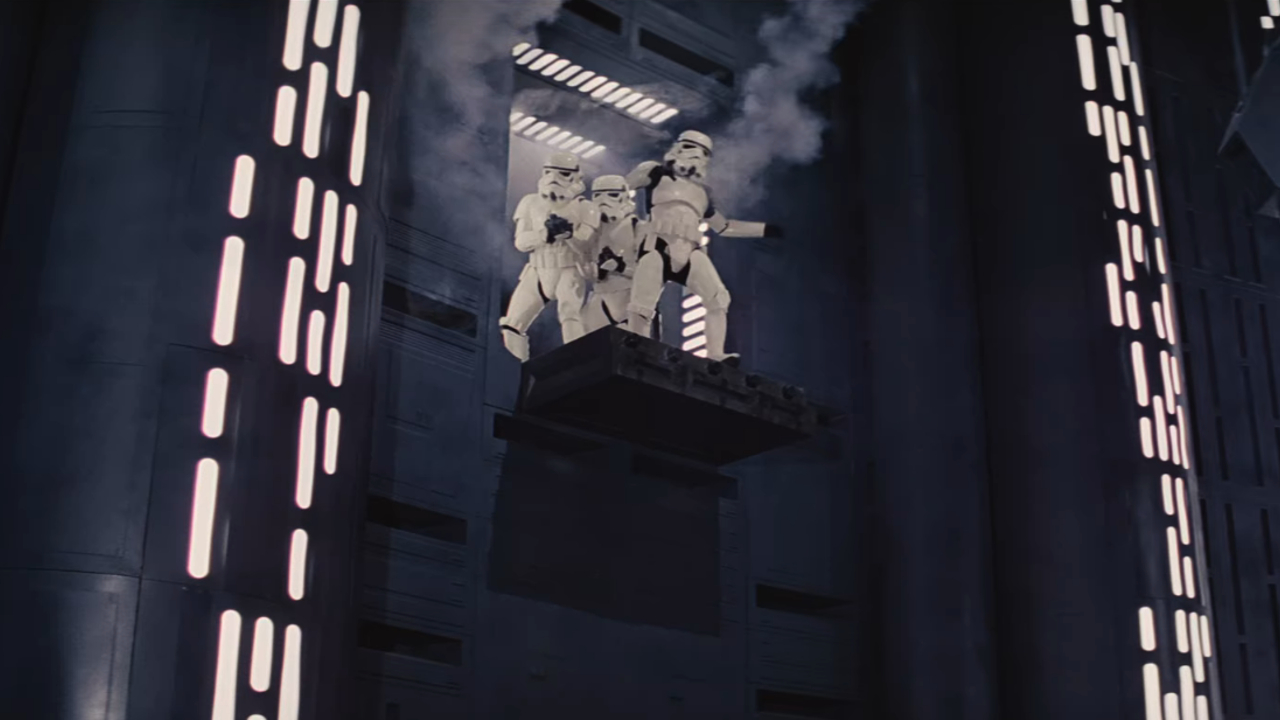
There are few sound effects that are as instantly recognizable, or used as frequently, as the Wilhelm Scream, which has popped up hundreds of times in movies, TV shows, video games, and just about everywhere else. Film franchises like Star Wars, Indiana Jones, and some of Quentin Tarantino’s best movies have used the “screaming guy” sound in one way or another over the years, so much so it’s become a part of pop culture.
While the sound effect is awfully familiar, the story behind the Wilhelm Scream isn’t necessarily known by everyone. That being said, we have put together a quick yet comprehensive history of the Wilhelm Scream, as well as a few random facts about how it ended up in your favorite movie. Let’s fall down this rabbit hole and explore the all-time great Hollywood sound effect.
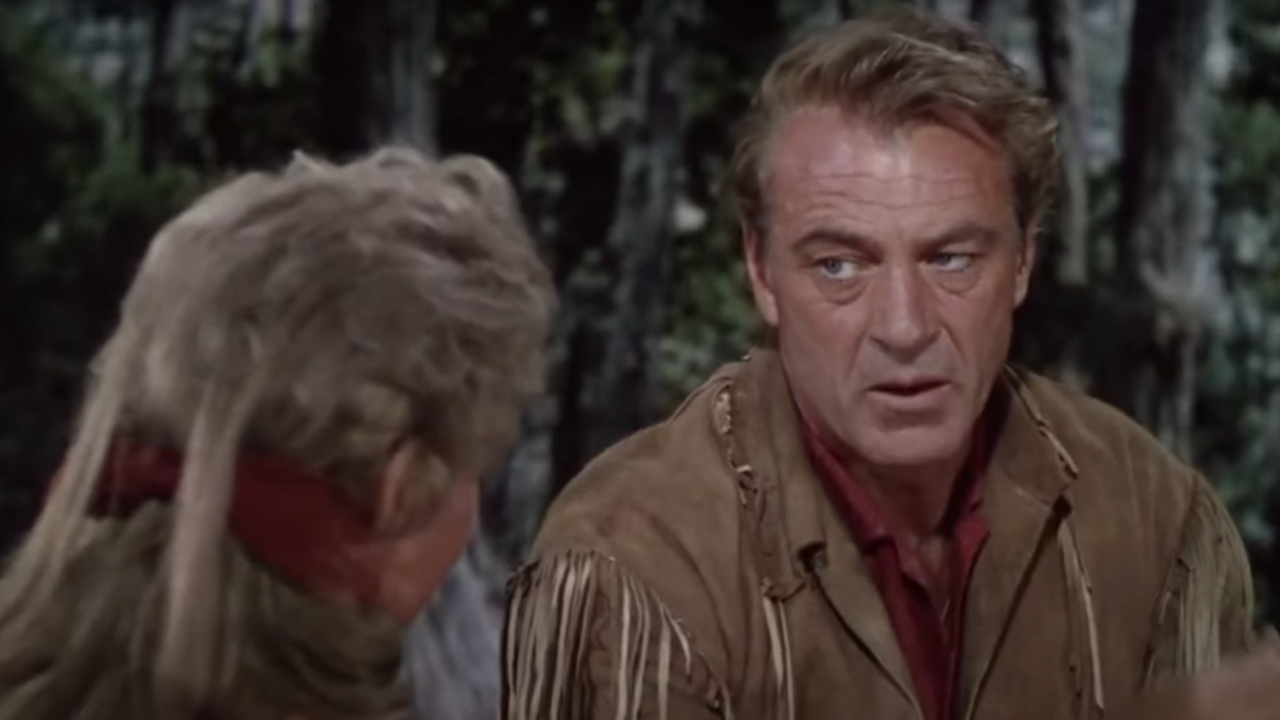
The Origin Of The Wilhelm Scream
Like all Hollywood legends, the story of the Wilhelm Scream had to start somewhere, and that place and time was the 1951 Gary Cooper movie titled Distant Drums, according to film historian Steve Lee on his Hollywood Lost and Found blog. According to Lee, Raoul Walsh’s movie about a group of settlers in 19th-century Florida needed the perfect sound effect of a man screaming to be used in a scene in which one of the characters is pulled underwater by an alligator. A total of six screams were recorded, with the fifth take being the one that we now know as the Wilhelm Scream. But, it wasn’t called that just yet…
Two years later, the sound effect would be used in another movie, The Charge at Feather River, where it was used in a scene in which a character named Private Wilhelm (Ralph Brooke) was shot in the leg by an arrow. As Lee points out, the sound effect was used two additional times in the movie, but for some reason, the name Wilhelm Scream stuck.
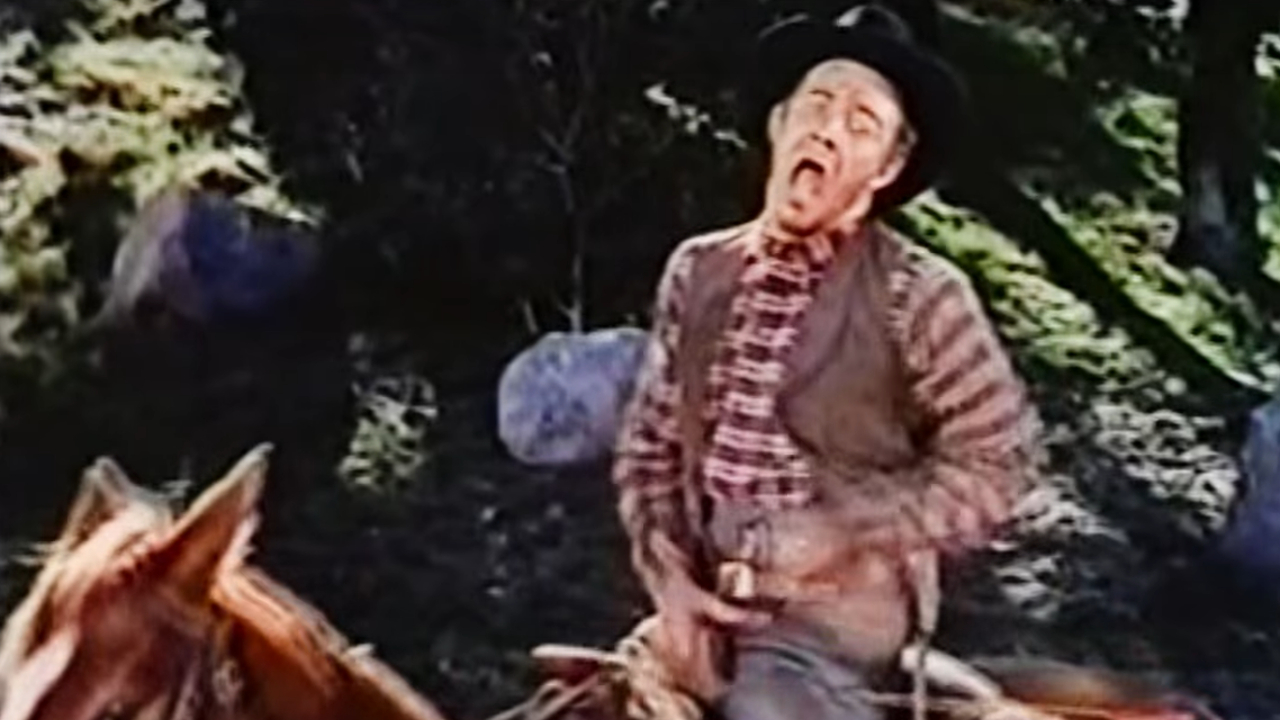
The Wilhelm Scream Became The Go-To Sound Effect In Westerns And B-Horror Movies
In the years following the release of The Charge at Feather River, the Wilhelm Scream became one of Warner Bros. most prolific sound effects, showing up in everything from Westerns to B-horror movies and just about everything else that required a painful and terrifying scream from a male character.
The 2019 Netflix documentary film, Attack of the Hollywood Cliches, spent a few minutes breaking down the phenomenon of the Wilhelm Scream, pointing out that it was the go-to sound effect whenever a character was shot, pushed, or “obliterated by large plastic ants.” It wouldn’t be until two decades later, however, when the Wilhelm Scream became the stuff of legend with a little movie called Star Wars.
Stream Attack of the Hollywood Cliches on Netflix.
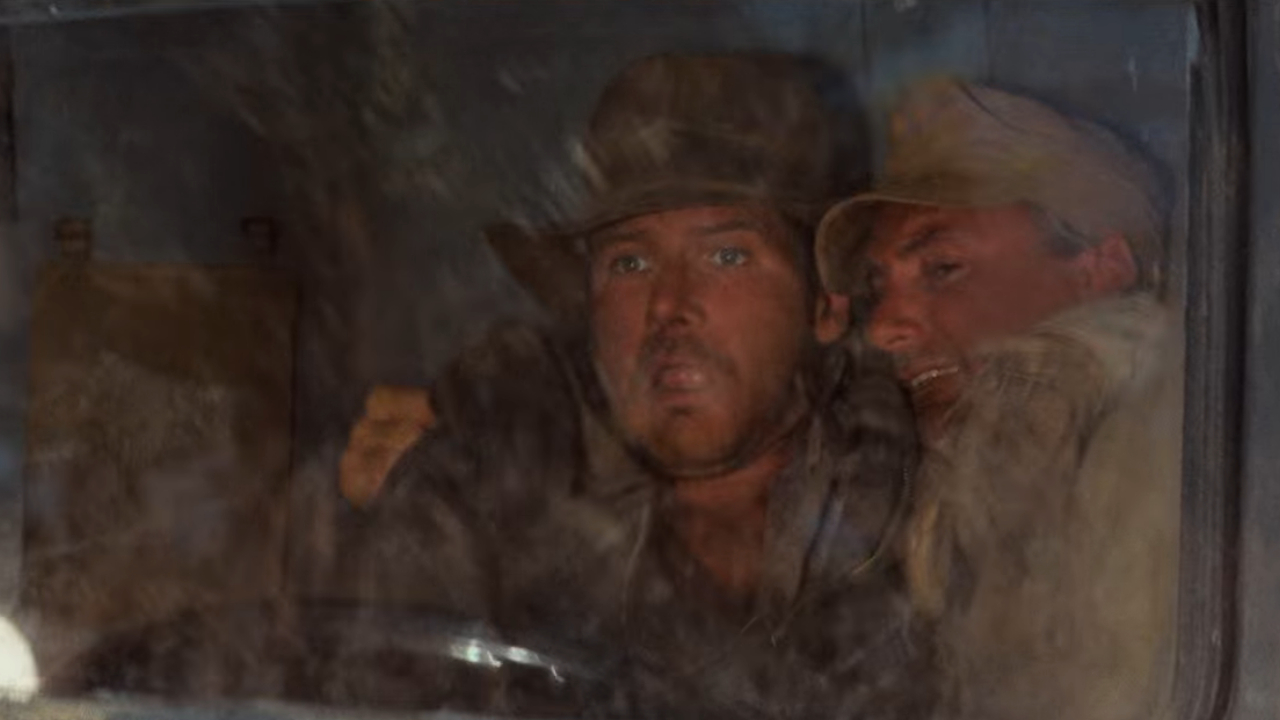
We Have A Sound Editor’s ‘Inside Joke’ To Thank For The Wilhelm Scream’s Popularity
If you want to know how the Wilhelm Scream became so popular in the late 1970s and early 1980s, look no further than Academy Award-winning sound editor Ben Burtt, who started to sneak the sound effect into his movies as an inside joke, or really Easter egg, for his fellow sound engineers to find.
When speaking with the Washington Post in 2019, Burtt explained that after being hired to create sound effects for Star Wars: A New Hope, he decided to use the Wilhelm Scream for the scene in which a stormtrooper is shot and falls into a trench inside the Death Star. After telling a friend, Richard Anderson, Burtt started to insert the sound into more movies, and his friends got in on the gag as well:
We would just call each other up: ‘Hey, I put one in here. Can you find it?’ That went on for years and years, and no one said anything.
Burtt and Anderson would go on to insert the sound effect into Raiders of the Lost Ark, a movie that earned the two friends an Oscar for sound effects editing.
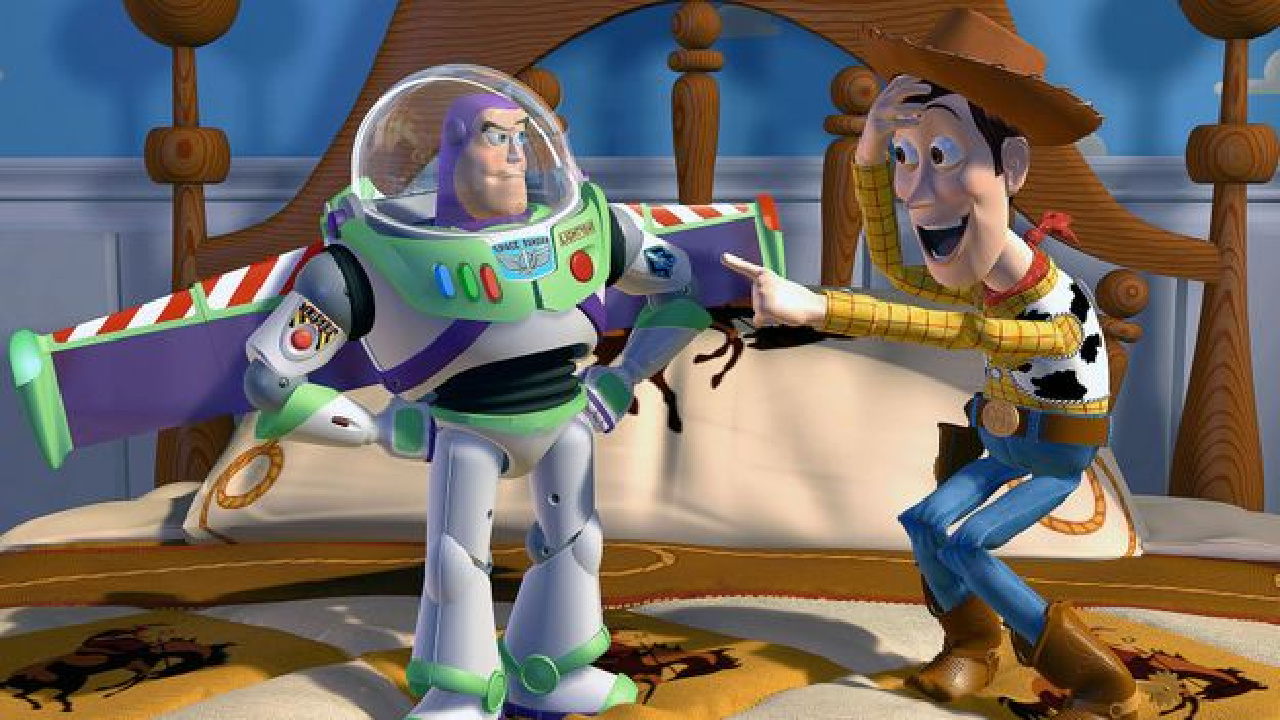
Over The Years, The Wilhelm Scream Has Been In Everything From Toy Story To The Lord Of The Rings
Ever since the Wilhelm Scream became a go-to sound effect in the late 1970s and throughout the 1980s, it has popped up in hundreds of movies, TV shows, and other forms of entertainment. In a 2018 Insider video about the phenomenon and how it came to be, UCLA Film History professor Jonathan Kuntz pointed out just a few of the the movies that have used it since then, including The Lord of the Rings: The Two Towers, Toy Story, and Quentin Tarantino’s 1992 feature film directorial debut, Reservoir Dogs.
Though Lucasfilm tried to do away with the Wilhelm Scream by not including it in the 2017 release of Star Wars: The Last Jedi, the classic sound effect was one of the Star Wars tropes found in The Book of Boba Fett finale, which feels like a callback to the scene in Return of the Jedi where one of Jabba the Hutt’s guards falls into the sarlacc pit. But, maybe that’s more to do with Jon Favreau’s history of using the sound effect, as he pointed out in a 2010 tweet about Iron Man 2.
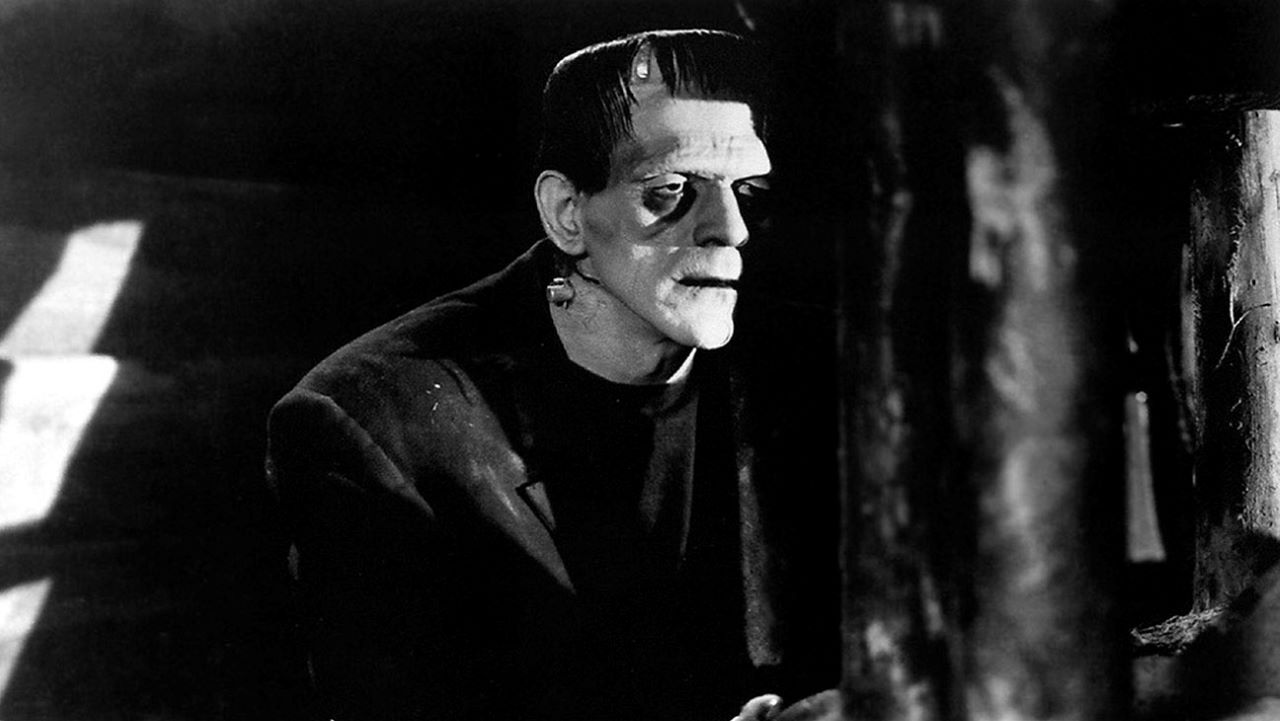
Though It’s Not Part Of The Public Domain, The Wilhelm Scream Is Considered ‘Fair Game’
Though the Wilhelm Scream is technically owned by Warner Bros. Studios, and is not in the public domain, it has been used hundreds of times over the years by movies not released by the studio. A lot of that has to do with the sound effect being considered “fair game,” as Steve Lee pointed out on the Kennedy Center podcast, Telling Stories with Sound, in 2019, in which he said:
It’s an old effect; it’s been around for a long time, and it’s sort of considered fair game because it’s one of those old, classic stocky effects, much like the thunderclap in the original Frankenstein in 1931.
Though some may consider the Wilhelm Scream to be “fair game,” changes made to U.S. copyright law in the decades since its initial 1972 passing make it to where sound effects created in the 1950s won’t enter the public domain for a few more decades at least.
Well, now you don’t only know the Wilhelm Scream, you also know the iconic sound effect’s long, storied, and random history. With it being used now, as much as ever, there’s a good chance you’ll hear it in at least one of the upcoming releases on the 2023 movie schedule.







